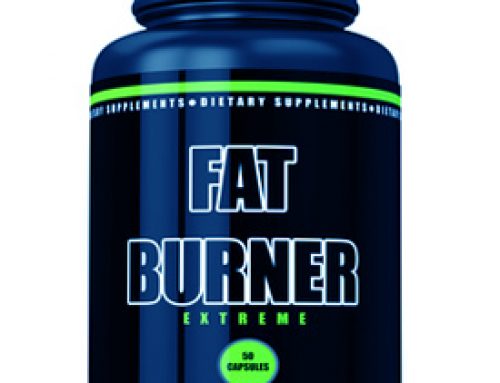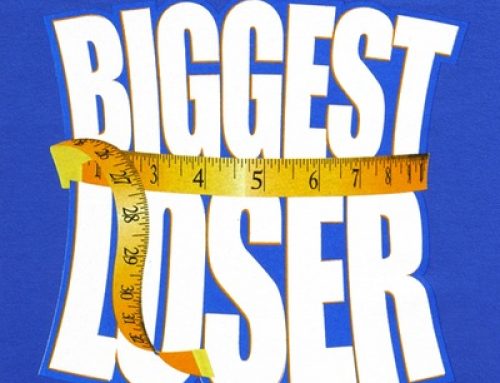Q: Dear Tom: I’ve seen quite a few diet books lately that arebased on the color of the foods you eat, including the rainbowdiet, the color diet and the “color code” (sounds like theDa Vinci code, LOL!). Anyway, I’ve been reading your newslettersfor a long time and I know how you feel about diet pills, booksand gimmicks and I was wondering what you thought about theseprograms. Is it just another gimmick?
A: Based on the clever titles, it might be tempting to dismiss theseprograms as gimmicks, and in fact when your weekly menus are literally “color coded,” it might seem that the diet book authorsare just scrambling for a new hook or premise on which to base anentire eating program.
I have not read any of those books you mentioned yet, so I can’tcomment on any of them specifically. However, as “gimmicky” aseating from every color in the rainbow may sound at first, there issome very legitimate and scientific evidence that this is a great idea.
We are often given the advice to eat a lot of fruits and vegetables(which have a variety of different colors). Good advice of course; evencommon sense would tell us that. However, “eat a lot of fruits andvegetables”is vague advice because it could mean eating only applesand broccoli (red and green), and nothing else, but eating “a lot”of them. To take that advice to the next level, a better recommendationwould be to eat a WIDE VARIETY of fruits and vegetables (not just “a lot”).
Even “wide variety” is not really defined. What is a wide variety?Did you know that there are hundreds of different types of fruits andveggies? To make an even greater distinction, you could begin to sortyour fruits and vegetables by color and eat a wide variety every day(at least 5 to 9 servings, including several different colors), and an even wider variety spread over thespan of each week.
Why would you go to all the trouble? Well, each various food color isindicative of the phytonutrients and other healthful nutritional compoundsfound within these foods. According to the textbook Sports & ExerciseNutrition by Katch, Katch & McArdle), over 4000 phytochemicals havebeen identified, and 150 of them have been studied in detail.
By definition, phytonutrients (also called phytochemicals) are naturallyoccurring, health promoting compounds found in the plant kingdom. Therehas been much research on the functional properties of these compounds,proving that they play important and diverse roles in maintaining yourhealth and protecting you from disease.
Foods such as tomatoes (red), carrots (orange), broccoli (green),blueberries (blue) all contain important phytochemicals that playspecific roles in health and disease prevention. Onions, whole grains,herbs, spices and other foods also contain their own special types ofprotective phytochemicals.
Here are some of the phytochemicals and naturally health-promotingcompounds and the foods they correspond to:
FLAVONOIDS (quercitin, kaempferol, myricetin, catechins)
Fruits
Vegetables
Berries
Citrus fruits
Onions
Purple grapes
Tea
CAROTENOIDS (luten, lycopene, zeaxanthin, a-carotene, b-carotene)
Carrots
Tomatoes
Cantaloupe
Apricots
GLUCOSINOLATES (glucobrassicin, isothiocyanates, indoles)
Cruciferous vegetables
Broccoli
Brussel sprouts
Cabbage
SULFIDES (allium compounds, dithiolthiones)
Onions
Garlic
Leeks
scallions
Each of these compounds has a health promoting role in the bodyranging from antioxidant activity to cancer protection. There ismuch more going on here than just building muscle and sheddingbody fat. Eating a wide variety of fruits, vegetables and othernatural foods has major health and quality of life implications.
It’s great news to know how much control we can take over our healthand physical fitness simply with proper food choices (and properexercise). The only thing about these discoveries that saddens anddisappoints me is that it seems each time our scientists discoversomething, such as lycopene in tomatoes for example, someone wantsto put it in a bottle and sell it to us. (Why not just go to thesource and eat the tomatoes?????)
I believe in an intelligent creator, and I believe that the creatorof our bodies and this universe we live in, knew exactly what he wasdoing when he created the marvelous diversity of plants and animalsthat comprise our food supply. Although it is probably prudent in thismodern industrial age to take a multi vitamin/mineral supplementand maybe an essential fatty acid supplement for “nutritional insurance,”everything you need can be found in your food.
If you think about what the discovery of all these naturallyoccurring compounds really means, you will have to agree thatfood truly is the most powerful drug. Combine that with recentdiscoveries in physiology and psychoneoruoimmunology proving thatour bodies are their own self-regulating natural pharmacies, andyou also have to agree that the natural way is the best way.
In any case, it’s definitely not enough to think only in termsof calories and macronutrients (proteins, carbohydrates and fats).Energy needs and macronutrient needs are important, but also thinkabout your nutrition in terms of a wide variety of natural foods,and that includes a wide variety of colors.
For more information about the all natural way to fat loss andbetter health, read about the Burn The Fat, Feed The Muscle program atwww..burnthefat.com
Tom Venuto, NSCA-CPT, CSCS
Fat Loss Coach
Certified Personal Trainer
Certified Strength & Conditioning Specialist
www..burnthefat.com





Thanks for the blog and especially for mentioning the phytochemicals and anti-oxidants…I feel that as many people as possible should get to know about these, if not in all their technical complexities, at least a fundamental understanding of the type of health benefits that these phytochemicals can provide all of usKnowing these makes the whole eating exercise of these fruits and vegetables a more enriching one…it also makes those who do not naturally take to these wonderful plant products more willing to make fruits and vegetables a more prominent part of their dietEc @ Plant Oils Database